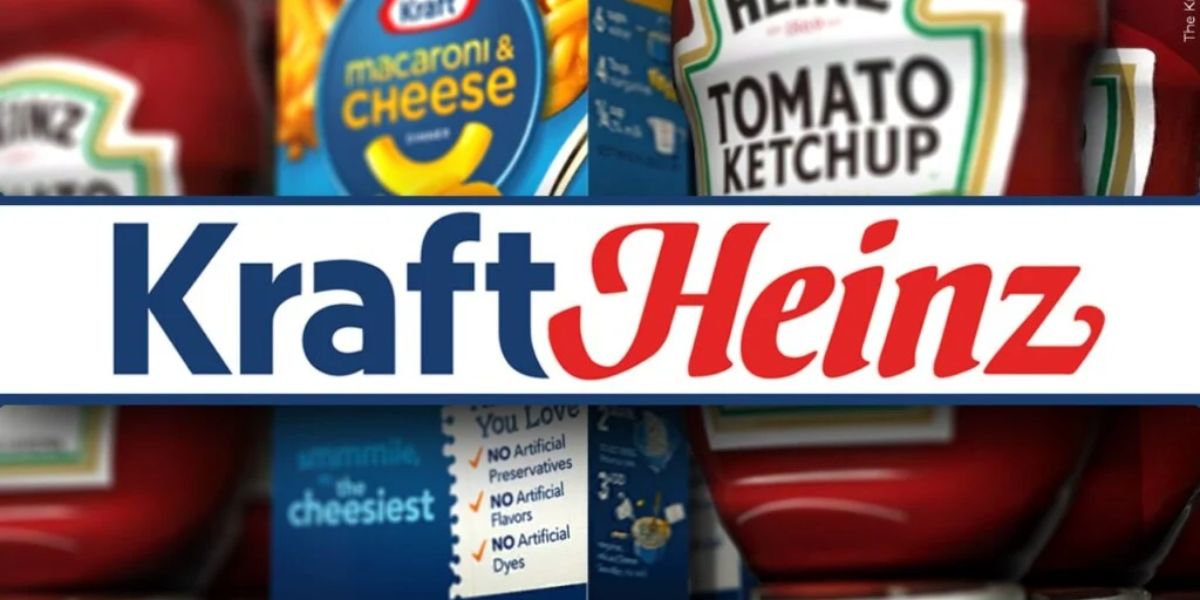In response to demands from the Trump administration to phase out artificial colours from the country’s food supply, Kraft Heinz announced on Tuesday that it will eliminate all FD&C artificial dyes from its U.S. portfolio by the end of 2027.
One of the biggest producers of food and beverages in North America, Kraft, also declared that it would stop introducing any new products with artificial colouring in the United States as of right now.
Since artificial colours can also be used in medications and cosmetics and are subject to a stringent approval process under the Federal Food, Drug, and Cosmetic Act (FD&C Act), Kraft Heinz said it is collaborating with its brand licensees to encourage them to eliminate them.
“The vast majority of our products use natural or no colors, and we’ve been on a journey to reduce our use of FD&C colors across the remainder of our portfolio,” Pedro Navio, Kraft Heinz’s president of North America operation stated.
According to Navio, artificial dyes have never been used in the company’s popular tomato ketchup, which gets its red hue from the tomatoes it uses. However, in 2016, the company eliminated artificial flavours, colours, and preservatives from its Kraft Mac & Cheese.
Since taking office earlier this year, Robert F. Kennedy Jr., secretary of health and human services, has concentrated his efforts on eliminating the colours.
“For too long, some food producers have been feeding Americans petroleum-based chemicals without their knowledge or consent,” Kennedy stated in April. “These poisonous compounds offer no nutritional benefit and pose real, measurable dangers to our children’s health and development.”
Six of the seven certified colour additives that the Food and Drug Administration (FDA) has authorised for use in food were approved by 1931. FD&C Green No. 3, FD&C Red No. 40, FD&C Yellow No. 5, FD&C Yellow No. 6, FD&C Blue No. 1, and FD&C Blue No. 2 will be removed from the food supply by the end of the following year, according to plans the FDA announced in April in collaboration with the industry.
Earlier this year, Red No. 3, a synthetic food dye, was already prohibited in both food and medications.
The FDA’s announcement in January that it was issuing an order to revoke the authorisation for the use of Red No. 3, also known as Erythrosine, which gives some foods and drinks a bright, cherry-red colour, brought the topic of colour additives into sharp relief.
Read Also: Consumers Warned as Breyers Ice Cream Recalled for Allergen Mislabeling
The FDA had reviewed a petition that argued that, under a rule known as the Delaney Clause, the FDA should ban this colour additive in foods and drugs on a federal level because in animals it has been shown to cause cancer.
The European Union has already outlawed the synthetic dye. Due to evidence linking it to animal carcinogenicity, it has also been prohibited in topical medications and cosmetics for more than thirty years.
The FDA’s decision mandated that food manufacturers remove FD&C Red No. 3 from their products by January 15, 2027. The deadline for drug manufacturers to comply is January 2028.
Given the “longstanding history of approval” by the FDA, Kraft Heinz claimed that it only employed artificial colours in a “small number” of its goods.



